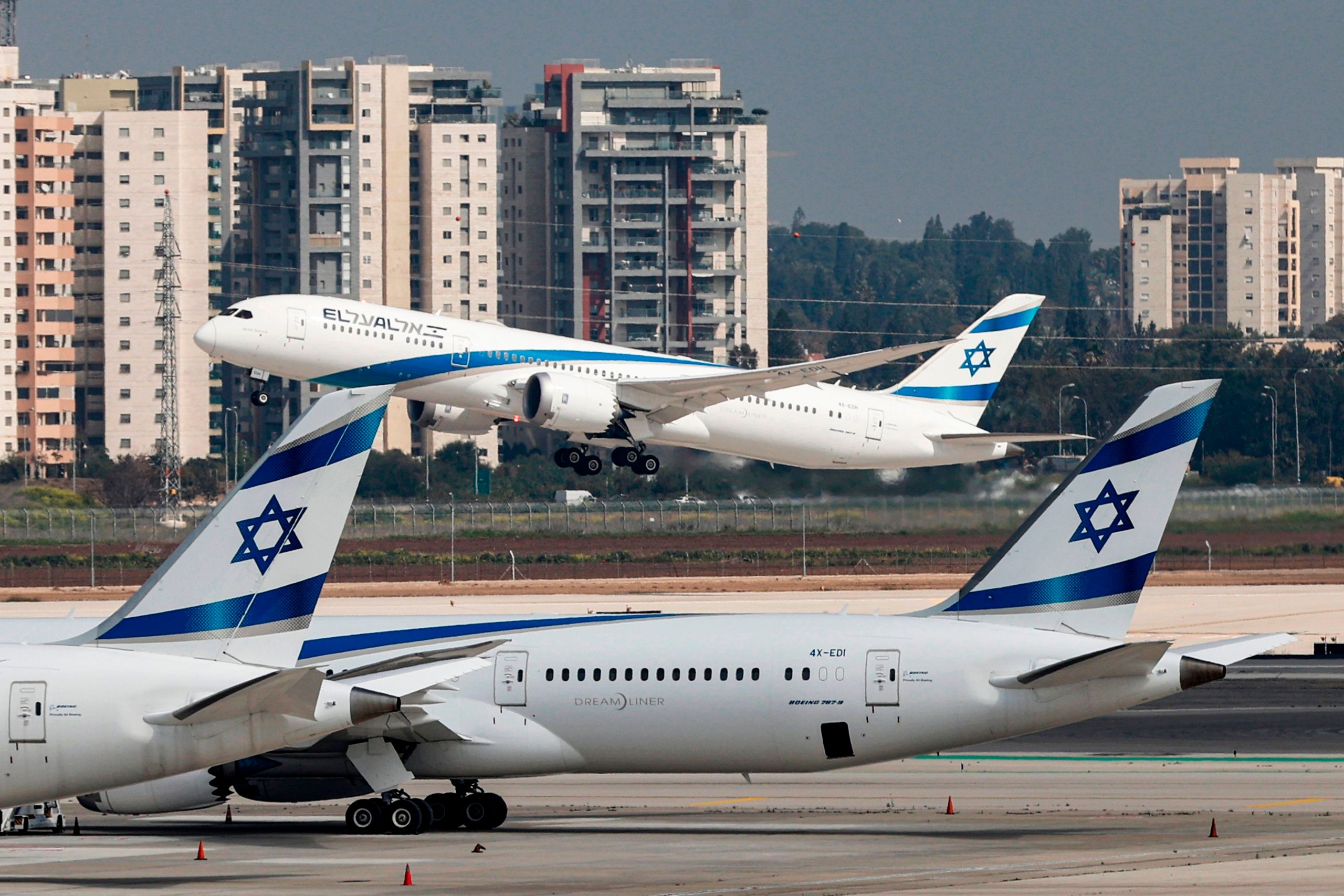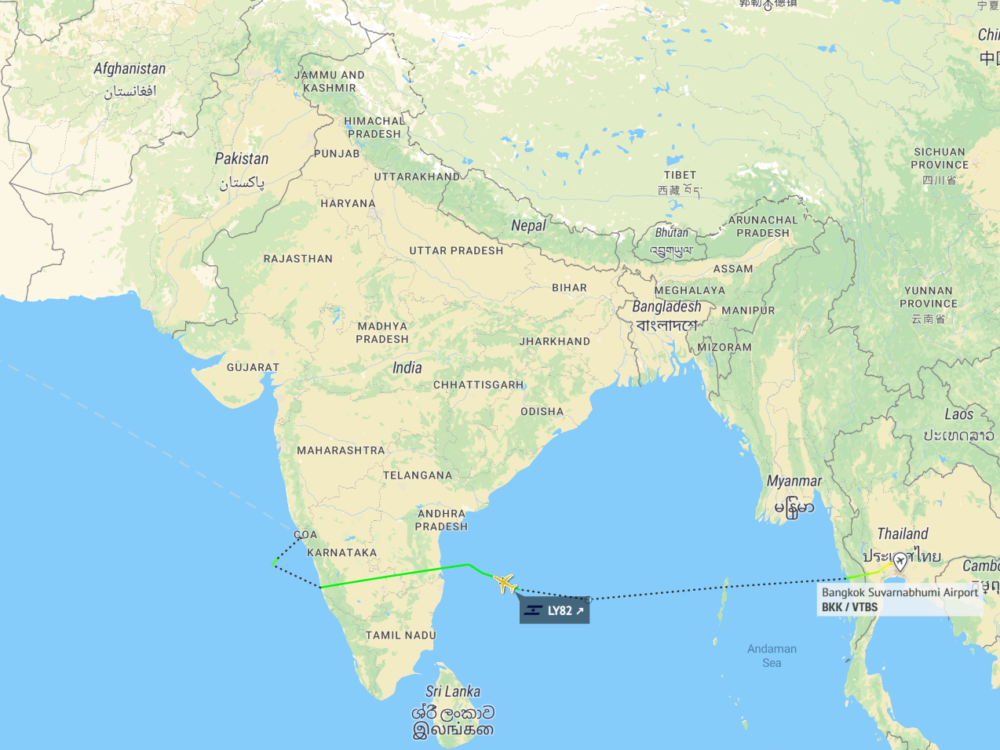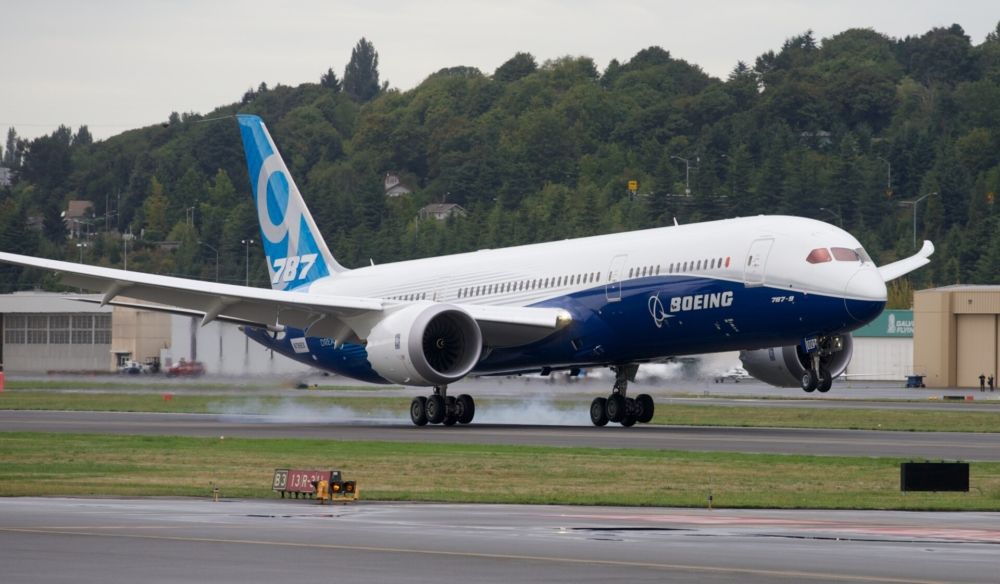Israel's El Al Airlines flight from Bangkok to Tel Aviv had to be diverted to Goa, India following engine trouble. The incident took place on November 1st, and the Boeing 787-9 Dreamliner made a successful emergency landing with all 276 people onboard unharmed. Let's find out more.
Engine trouble
El Al flight LY82 took off in the early morning hours of November 1st from Bangkok. Later into the flight, the pilots of the Boeing 787-9 airplane were alerted by the fuel leak indicator warning, which indicated a problem with the left engine.
Following the protocol for such a situation, the pilots shut down the affected engine and decided to land the plane in the western Indian state of Goa. Thankfully, the Dreamliner made a successful landing, and all 276 souls onboard remained unharmed.
The Foreign Ministry of Israel was monitoring the situation and got in touch with the local authorities in Goa. All passengers and crew were then tested for COVID and moved to a nearby hotel to spend the night.
Airfield made available on short notice
Goa airport is operated as a civil enclave as part of the Indian Navy-operated airbase in the Dabolim region. It just so happened that the airfield was closed for some ongoing upgradation work on that early morning.
However, when pilots of flight LY82 declared an emergency and requested for a landing, the airfield was made available on short notice, and the runway cleared for the 787. A statement from the Indian Navy regarding the incident was later released on Twitter.
Upon landing, the aircraft, with the registration number 4X-EDA, was inspected by technicians who could not find any signs of a fuel leak. El Al is discussing the issue with Boeing to help find the reason for the indicator light turning on.
Get your boarding pass to the flight of the year. The Future Flying Forum is taking off soon!
Flying on one engine
LY82 isn't the first flight to face engine trouble mid-air. While such incidents are quite rare, modern airline technology has evolved enough to ensure that airplanes can safely fly to the next available airport to perform a landing when an engine malfunctions.
Simple Flying published a detailed write-up on this issue last month. Twin-engine airplanes are assigned what is known as an "Extended-range Twin-engine Operational Performance Standards" (ETOPS) rating. This indicates the duration of time an aircraft is certified to fly when one engine is non-functional.
The ETOPS varies for different airplanes. The Boeing 787 Dreamliner is certified for ETOPS-330, which means that the plane can fly on routes that take it up to 330 minutes or 5.5 hours from the nearest suitable airport for landing on a single engine. The ETOPS of an Airbus A350-900 is even longer at 370 minutes or a little over six hours.
While it can be a little nerve-wracking for passengers on such flights, it's good to know that all pilots are sufficiently trained to get the plane safely on the ground on one engine.



